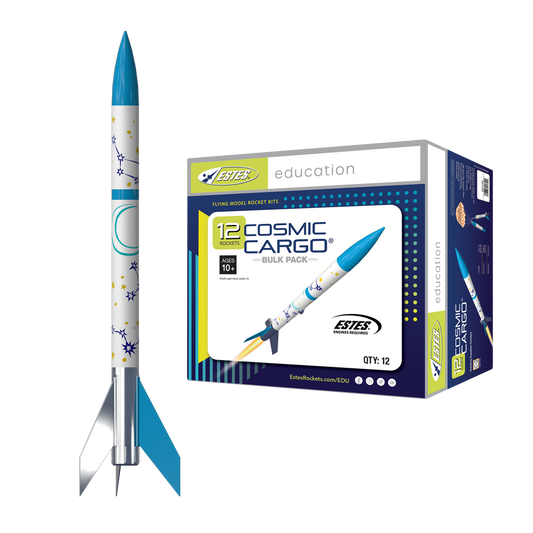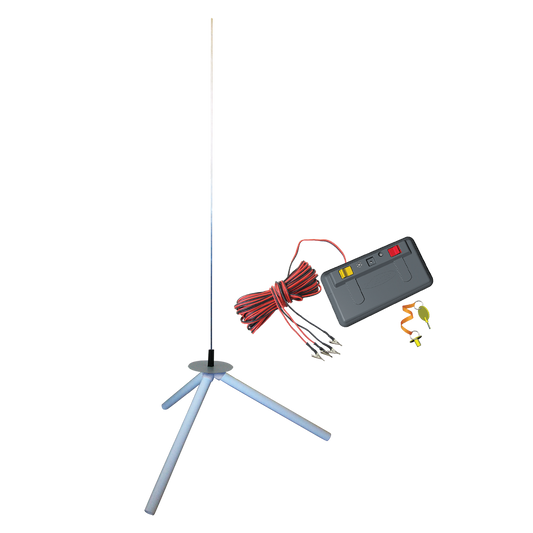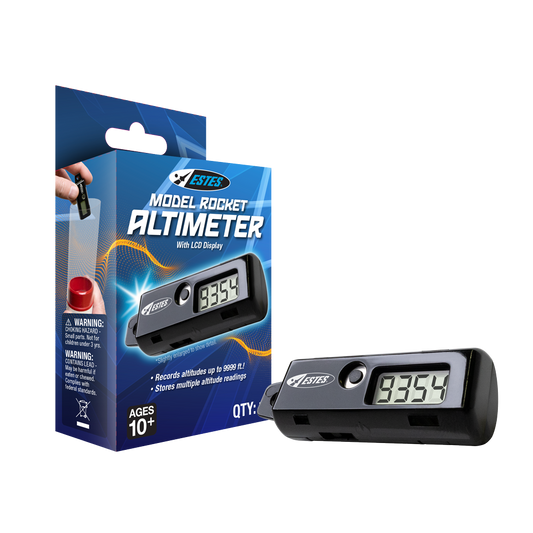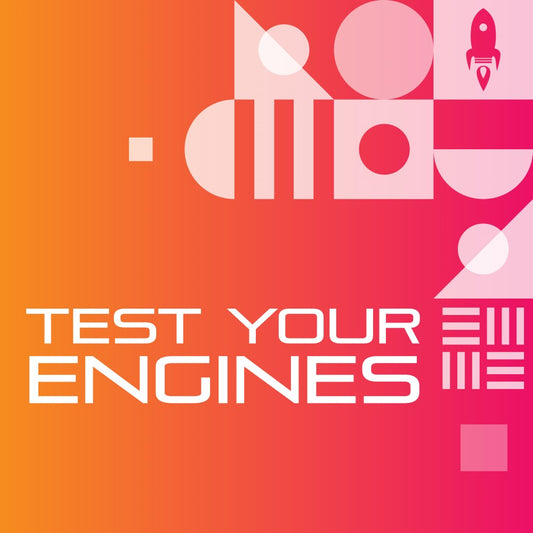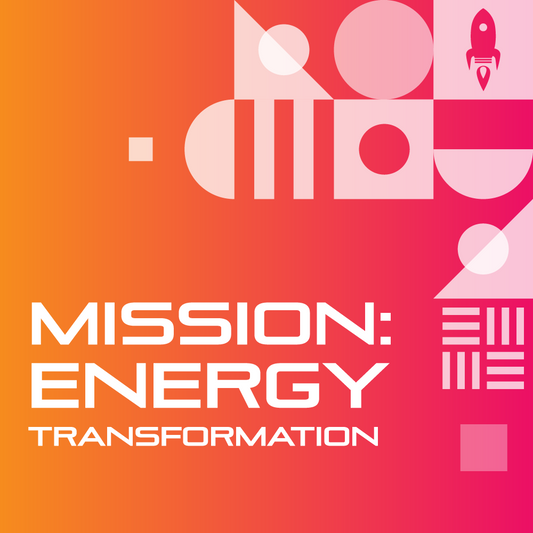Acceleration (a)
Rate of change of velocity over time.
Chemical Potential Energy (CPE)
Energy stored in chemical bonds; released or absorbed during reactions.
Energy Transformation (ΔE)
Changing energy from one form to another.
Gravity (g)
Force attracting a body toward the center of the earth or another mass.
Height (h)
Vertical distance from a base level, such as ground or sea level, to an object.
Kinetic Energy (KE)
Energy due to an object's motion, dependent on mass and velocity, measured in Joules.
Law of Conservation of Energy
Principle that states energy cannot be created or destroyed, only transformed.
Mass (m)
Measure of the amount of matter in an object.
Potential Energy (PE)
Energy due to position or internal stress, measured in Joules.
Velocity (v)
Speed of an object in a given direction. Measured in terms of displacement per unit time, in a specific direction.


